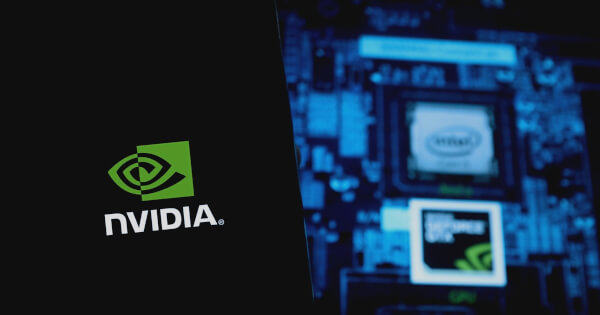NVIDIA Unveils AutoMate for Advancing Robotic Assembly Skills
Peter Zhang Jul 11, 2024 16:27
NVIDIA introduces AutoMate, a framework that enhances robotic assembly skills across diverse geometries, demonstrating zero-shot sim-to-real transfer capabilities.

In a significant stride towards enhancing robotic capabilities, NVIDIA has unveiled a new framework called AutoMate, aimed at training robots for assembly tasks across varied geometries. This innovative framework was detailed in a recent NVIDIA Technical Blog post, showcasing its potential to bridge the gap between simulation and real-world applications.
What is AutoMate?
AutoMate is the first simulation-based framework designed to train both specialist and generalist robotic assembly skills. Developed in collaboration with the University of Southern California and the NVIDIA Seattle Robotics Lab, AutoMate demonstrates zero-shot sim-to-real transfer of skills, meaning the capabilities learned in simulation can be directly applied in real-world settings without additional adjustments.
The primary contributions of AutoMate include:
- A dataset of 100 assemblies and ready-to-use simulation environments.
- Algorithms that effectively train robots to handle a variety of assembly tasks.
- A synthesis of learning approaches that distills knowledge from multiple specialized skills into one general skill, further refined with reinforcement learning (RL).
- A real-world system capable of deploying these simulation-trained skills in a perception-initialized workflow.
Dataset and Simulation Environments
AutoMate's dataset includes 100 assemblies that are both simulation-compatible and 3D-printable. These assemblies are based on a large dataset from Autodesk, allowing for practical applications in real-world settings. The simulation environments are designed to parallelize tasks, enhancing the efficiency of the training process.
Learning Specialists Over Diverse Geometries
While previous NVIDIA projects like IndustReal have made strides using RL, AutoMate leverages a combination of RL and imitation learning to train robots more effectively. This approach addresses three main challenges: generating demonstrations for assembly, integrating imitation learning into RL, and selecting the right demonstrations during learning.
Generating Demonstrations with Assembly-by-Disassembly
Inspired by the concept of assembly-by-disassembly, the process involves collecting disassembly demonstrations and reversing them for assembly. This method simplifies the collection of demonstrations, which can be costly and complex if done manually.
RL with an Imitation Objective
Incorporating an imitation term into the RL reward function encourages the robot to mimic demonstrations, thus improving the learning process. This approach aligns with previous work in character animation and provides a robust framework for training.
Selecting Demonstrations with Dynamic Time Warping
Dynamic time warping (DTW) is used to measure the similarity between the robot's path and the demonstration paths, ensuring that the robot follows the most effective demonstration at each step. This method enhances the robot's ability to learn from the best examples available.
Learning a General Assembly Skill
To develop a generalist skill capable of handling multiple assembly tasks, AutoMate uses a three-stage approach: behavior cloning, dataset aggregation (DAgger), and RL fine-tuning. This method allows the generalist skill to benefit from the knowledge accumulated by specialist skills, improving overall performance.
Real-World Setup and Perception-Initialized Workflow
The real-world setup includes a Franka Panda robot arm, a wrist-mounted Intel RealSense D435 camera, and a Schunk EGK40 gripper. The workflow involves capturing an RGB-D image, estimating the 6D pose of the parts, and deploying the simulation-trained assembly skill. This setup ensures that the trained skills can be effectively applied in real-world conditions.
Summary
AutoMate represents a significant advancement in robotic assembly, leveraging simulation and learning methods to solve a wide range of assembly problems. Future steps will focus on multipart assemblies and further refining the skills to meet industry standards.
For more information, visit the AutoMate project page and explore related NVIDIA environments and tools.
Image source: Shutterstock.jpg)